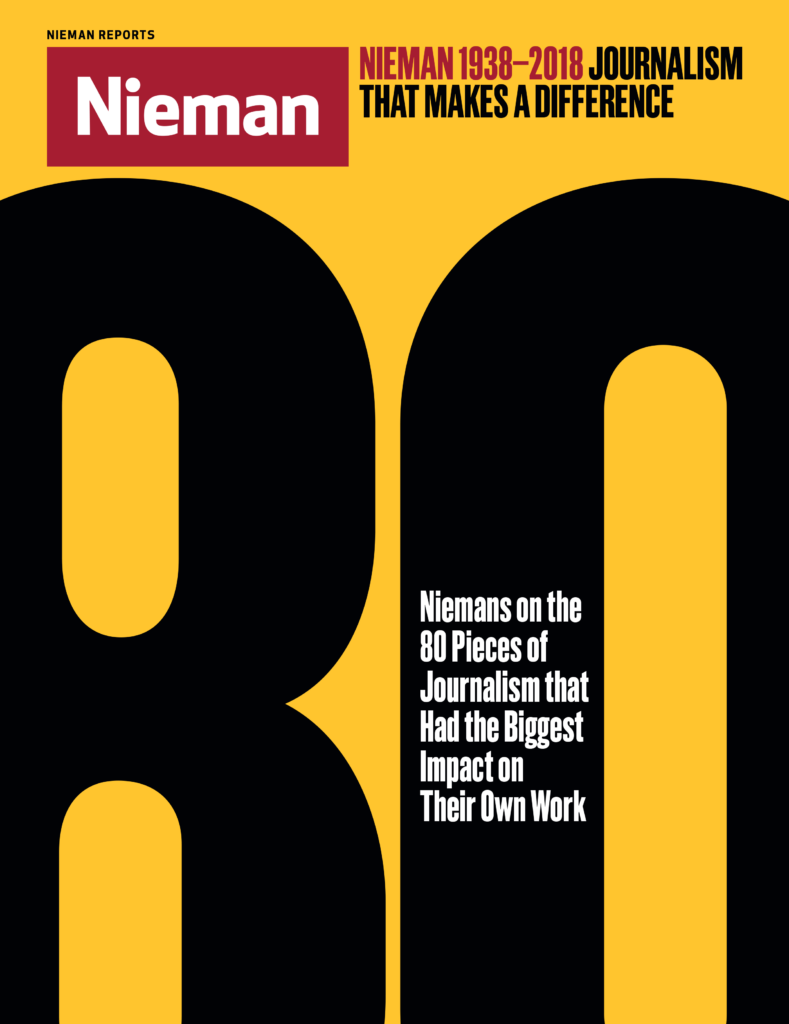
How are great journalists made? Often, it’s pieces of great journalism that help form them, influencing their lives or careers in an indelible way. To celebrate the Nieman Foundation for Journalism’s 80th anniversary in 2018, we asked Nieman Fellows to share works of journalism that in some way left a significant mark on them, their work or their beat, their country, or their culture. The result is what Nieman curator Ann Marie Lipinski calls “an accidental curriculum that has shaped generations of journalists.”
Indonesia’s transition since 1998 from the Suharto military dictatorship to democracy has presented journalists with many challenges. Indonesia’s Press Council estimates the country now has 43,000 news organizations from fewer than 300 in 1998. In addition, Indonesia is the largest Twitter nation in Asia.
In 2005 when I was reporting on East Timor militias in Kupang on Timor Island, I met Dion D.B. Putra, the editor in chief of Pos Kupang (“Kupang Post”), the local newspaper. Putra brought me to his office, proudly showing me a book, “Sembilan Elemen Jurnalisme,” the Indonesian translation of Bill Kovach and Tom Rosenstiel’s “The Elements of Journalism.”
“Pak Jakob gave me this book—the guidance of our journalism,” he told me, referring to Jakob Oetama, the owner and co-founder of Kompas Gramedia Group, the largest newspaper network in Indonesia, which also controlled Pos Kupang.
It was a gratifying moment for me. In 2001, I had written a widely-read review of the book and subsequently helped to arrange that translation. Over the years, I have come across the translation in more than four dozen other locales in Indonesia, from newsrooms in big cities to correspondents in remote and dangerous areas. The book—which is required reading in many journalism schools on Java, Sumatra, and Sulawesi islands—is helping to nurture journalists in Indonesia.
The Elements of Journalism: What Newspeople Should Know and the Public Should Expect
By Bill Kovach and Tom Rosenstiel
Crown, 2001
“Sembilan Elemen Jurnalisme”
Translated by Yusi A. Pareanom
(Pantau Foundation), 2001
Book


